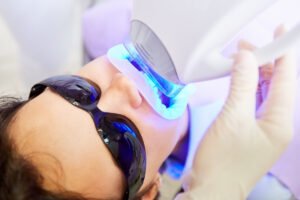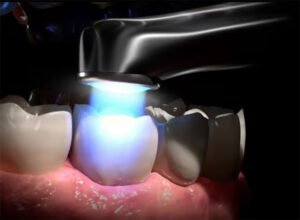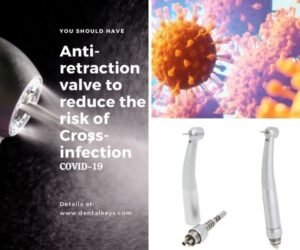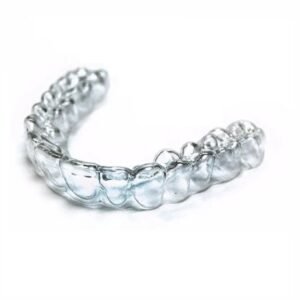Should the decayed teeth of children during the tooth replacement period be directly extracted? Usually, we think that having a tooth extracted is a one-time solution, but the actual outcome might be more complicated than it seems.

Baby teeth act as natural “space maintainers” for the developing permanent teeth growing beneath them in the jawbone. If a baby tooth is extracted too early (long before the permanent tooth is ready to erupt), the adjacent teeth often drift or tilt into the empty space. This loss of space means the underlying permanent tooth may not have enough room to erupt properly. This frequently leads to crowding, impaction (tooth stuck in the bone/gum), or eruption in the wrong position (ectopic eruption), significantly increasing the need for complex and expensive orthodontic treatment (braces) later.

Baby teeth, even decayed ones that can be restored, are essential for efficient chewing.
Premature extraction can make it difficult for a child to eat certain foods comfortably, potentially impacting nutrition and growth. Missing teeth can also encourage unhealthy chewing habits (like favoring one side).

Teeth, especially front teeth, play a vital role in forming certain sounds (like “f,” “v,” “s,” “z,” “th”). Losing front baby teeth prematurely can temporarily affect a child’s speech clarity.
However, in these cases, such as severe decay that leads to a painful abscess or widespread infection pose a significant risk, a dentist will recommend extraction to protect the permanent tooth.
Therefore, dentists strongly advise against automatically extracting decayed teeth during the tooth replacement period. The dentist’s approach is preservation whenever possible by the following methods:
Fillings: For smaller cavities.

Pulp Therapy (Baby Root Canal): If decay reaches the nerve but the tooth can be saved. Before starting the procedure, the dentist will numb the tooth and the surrounding area by administering a local anesthetic. Remove decay and infected crown pulp with root canal file. Seal with a filling.
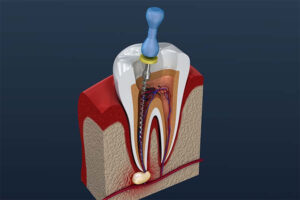
Crowns: For teeth with extensive decay or after pulp therapy, to restore function and protect the tooth until it’s naturally lost.




